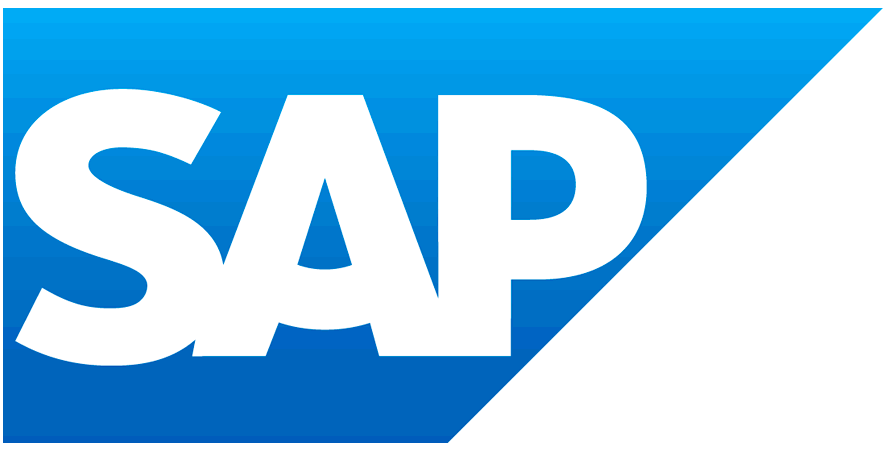Why You Should Care About The Quest To Put DNA Barcodes On Every Species
Original article by Heather Clancy on Forbes
At first glance, the rather grandiose-sounding International Barcode of Life(IBOL) project seems an arcane scientific exercise.
But the database – which aims to create unique DNA identification “barcodes” for more than 5 million specimens, or about 500,000 of the earth’s 1.8 million species by the end of 2015 – could play a role in commercial greentech applications ranging from food labeling to tracking invasive species to bio-monitoring at oil and natural gas facilities.
The project also offers another poignant demonstration of the role that Big Data and mobile apps might play in research into the impact of climate change on endangered species and habits – both Google and Microsoft are also busy at work on environmental and species cataloging initiatives that stand to benefit from their processing might.
In this case, the IBOL is collaborating with SAP, which (among other things) has helped it develop a field cataloging app that could accelerate the pace of specimen tracking. The IBOL notes:
“Few taxonomists can reliably diagnose even 1,000 species, and that means that we will need up to 100,000 taxonomists simply to sustain the ability to recognize Earth’s 10 to 100 million species, once they have all been described. It is this stark reality that is driving a new approach to species recognition called DNA barcoding.”
Continue reading the original article on Forbes about SAP's collaboration on DNA Barcodes >>
Original source Forbes.

